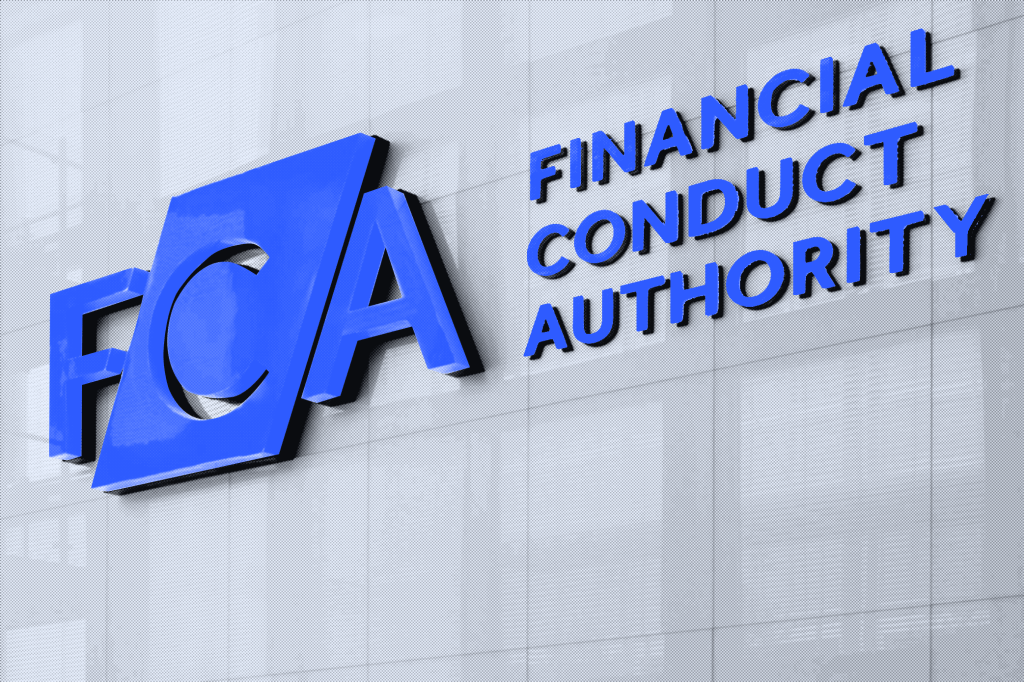Evaluating a company’s ESG performance is no longer a numbers game for S&P Global, which has announced it will not be using numerical scoring for its ratings.
Instead, the ratings agency said that the “dedicated analytical narrative paragraphs” in its credit rating reports would provide the most effective “detail and transparency on ESG credit factors material to our ratings analysis”.
Moody’s will continue to use a numerical scale of one to five for ESG criteria, which further complicates an increasingly opaque picture. But reaction portraying the decision as evidence of backing away from ESG altogether seems wide of the mark.
Republicans critical of ESG influence
University of Michigan business school professor Tom Lyon was quoted in the Financial Times as saying the move was “the latest example of a company crumpling in the face of these Republican attacks”, a reference to attempts by conservative politicians to limit the influence of ESG factors on investment decisions.
While attorneys general in the states of Texas and Missouri have launched investigations into S&P’s use of ESG factors in credit ratings, on the basis that they “appear to politicize what should be a purely financial decision”, S&P will continue to use ESG criteria. Rather than “crumpling”, the ratings provider appears to be emphasizing the value of ESG ratings by making a move that gives potential investors more accurate and understandable information.
That is recognition in itself that the market is seeking greater clarity, and perhaps a reflection of moves being made by regulators in Europe and the UK to increase investor confidence in sustainable finance and to ensure ESG policies are based on a solid data and information foundation.
Regulatory intelligence
As our Director of Regulatory Intelligence Rob Mason observed: “ESG is a complex and multi-faceted topic and so giving a score may not fairly reflect criteria which is important to all investors. Making an accurate assessment (by an external party) which summarises all aspects may also be a contributing factor to removing scores.”
He views S&P’s move as a work in progress. “Firms themselves are still struggling to consistently understand and apply what is a very new and evolving framework, he says.
“All this adds up to a potentially misleading and unreliable rating at this point. As the directive matures and a more consistent understanding is applied, the decision to reconsider applying the score may be revisited.”













